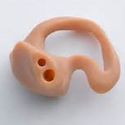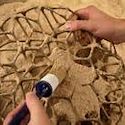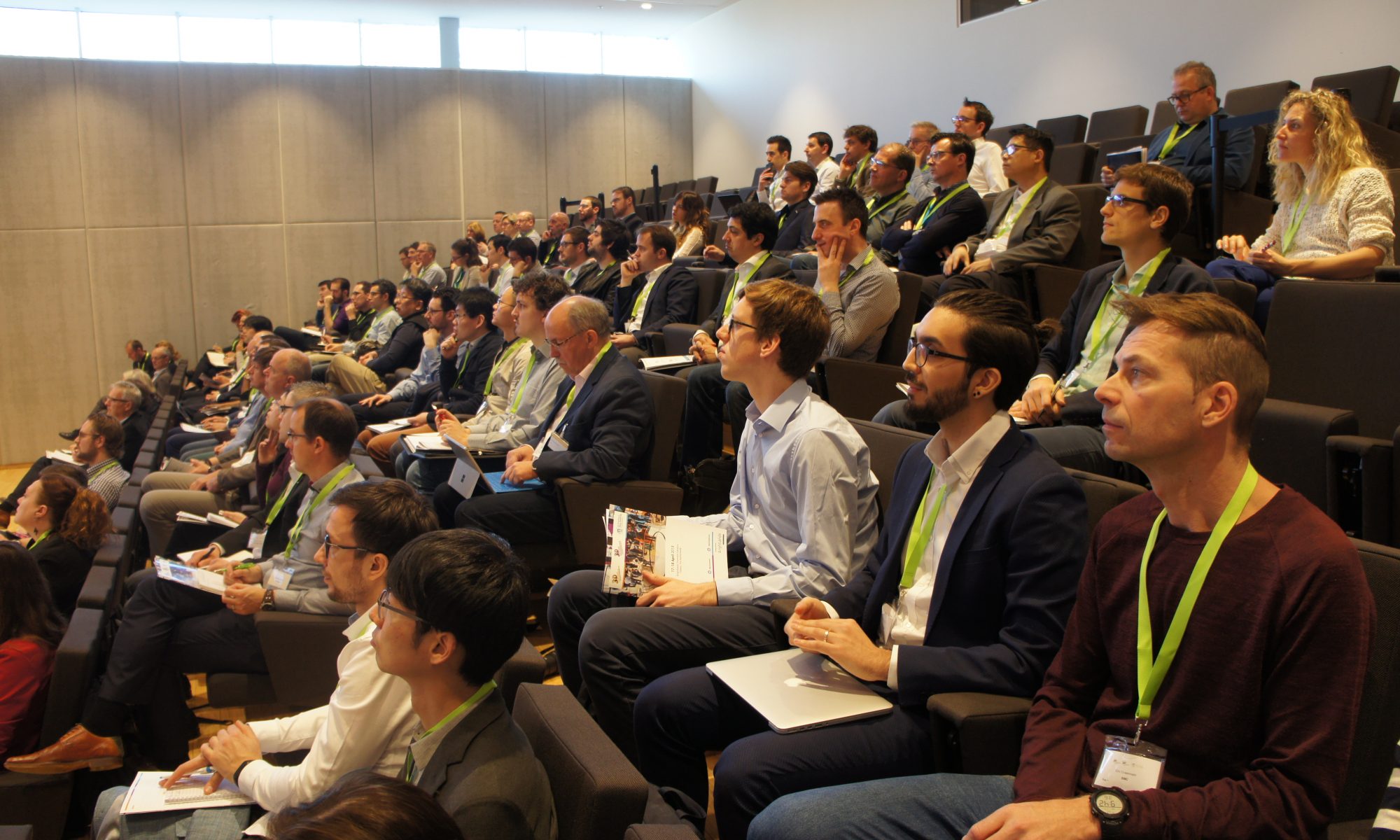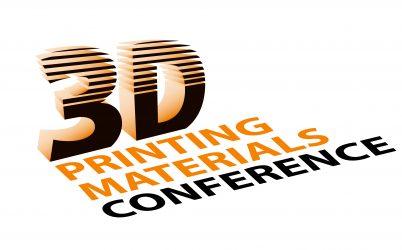3D printing is hot and has emerged as manufacturing technology with a thousand uses spread across a very diverse user base. The ongoing development of new materials does not only have impact on the quality of the 3D printed end product, it opens new markets and it has a positive influence on the price level of the used materials.
The 3D Printing Materials Conference is a platform and information interface enabling an exchange of informations on market requirements, research interests and current results, skills and resources as well as facilitating the building of future partnerships. Academics, engineers, designers, and managers are invited to lecture on their state-of-the-art developments and future prospects or display their products and offers as exhibitor. The Conference covers the following topics:
- Polymers (New materials)
Polymers are among the most commonly used materials in 3D printing. With ongoing research, new polymers with unique properties, such as high strength or flexibility, are being developed, opening up new possibilities for product design and production.
- Metals
Metals are also becoming more commonly used in 3D printing, especially in industrial applications. The ability to print with metals has led to the creation of highly complex, functional parts that would be impossible to produce using traditional manufacturing methods.
- Multi-material composites
Multi-material composites are another area of development in 3D printing. These materials allow for the creation of parts with varying properties, such as stiffness or elasticity, in a single print job. This opens up new possibilities for creating products with customized properties for specific applications.
- Bio-based materials
Bio-based materials are also a promising area of development in 3D printing. These materials, which are made from renewable resources, have the potential to reduce the environmental impact of manufacturing while also creating new opportunities for product design and development.
The quality and characteristics of 3D printed products are directly linked to the materials used in the printing process. The properties of the material, such as strength, durability, flexibility, and color, affect the final product and its suitability for a specific application.
Overall, the development of new 3D printing materials is driving innovation in product design and production while also making the technology more accessible and affordable for a wider range of users. The 3D Printing Materials Conference serves as a valuable platform for sharing knowledge and fostering collaboration among industry professionals, researchers, and designers.





Latest Updates
- Upcoming 3D Printing Conferences 2023 in the US and Europe
- 3D Print Drones from General Atomics and Divergent Team
- The Potential of 3D Printing in Disaster Relief and Humanitarian Aid
- The Advantages and Limitations of 3D Printed Food
Our Speakers
- Rob Wolfs, Eindhoven University of Technology
- Giorgio Magistrelli, Additive Manufacturing Expert
- Ed Rousseau, Brightlands Chemelot Campus
Two day 3D Printing Event
The 3D Printing Materials Conference is part of the two day 3D Printing Networking Event which covers the whole 3d printing / AM value chain from design to end product with four dedicated conferences plus one future looking conference, see below:
Recommended. 85% of the attendees of the previous edition would recommend the conference to colleagues or business relations.
Get social! Get informed about the conference and other 3D printing news by following Twitter, signing up for our newsletter, joining the LinkedIn group or following our Facebook group.


